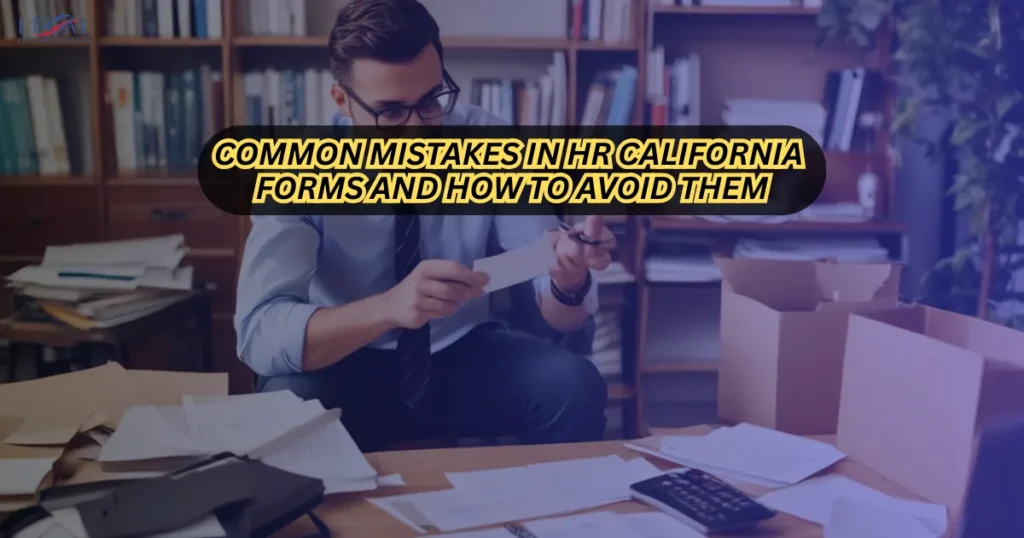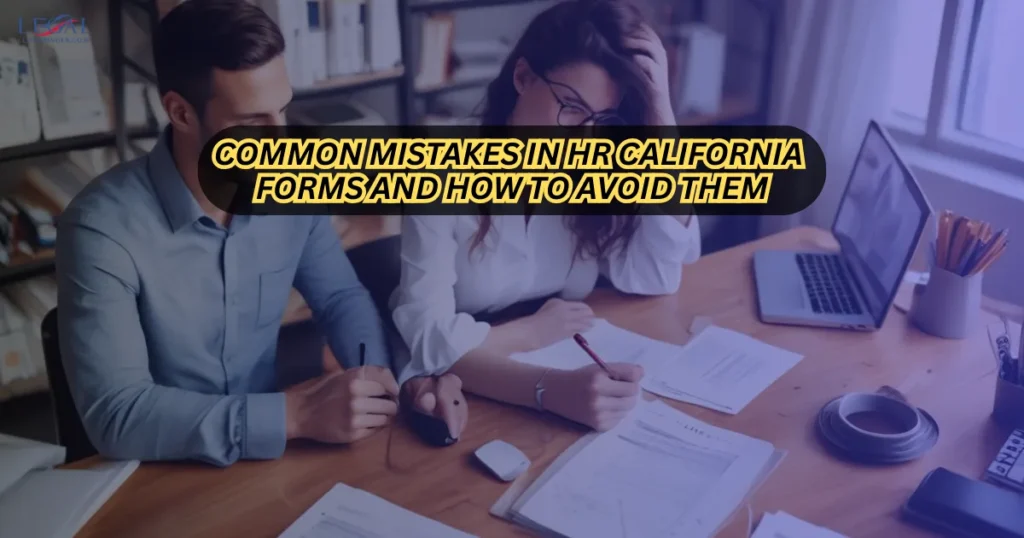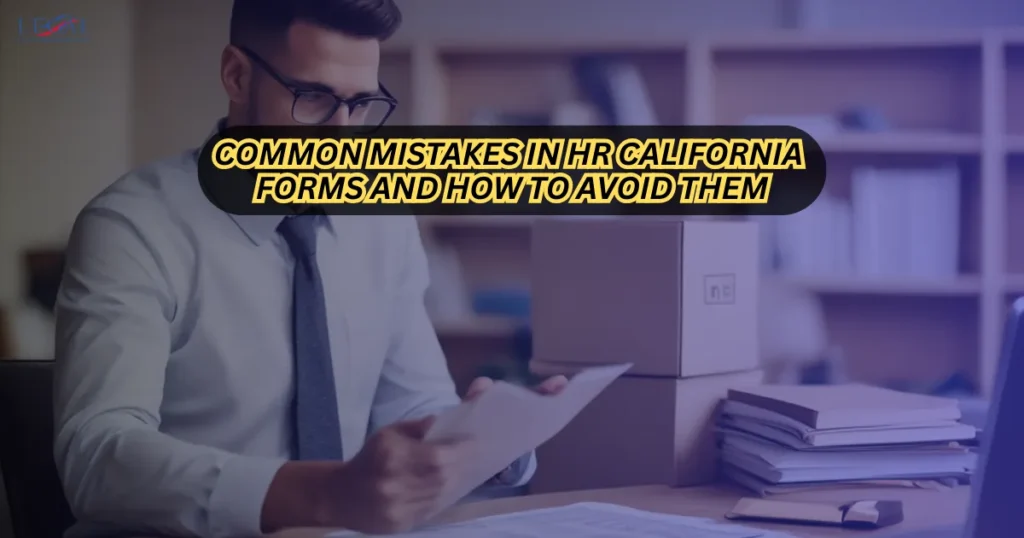Physical Address
304 North Cardinal St.
Dorchester Center, MA 02124
Physical Address
304 North Cardinal St.
Dorchester Center, MA 02124

Have you ever felt the pressure of double-checking your HR paperwork, hoping you didn’t miss a single line? In California, where labor laws are among the strictest in the country, even a small error in an HR form can lead to costly penalties, employee disputes, or compliance headaches. That’s why understanding and avoiding the most common mistakes in HR California forms is not just best practice — it’s essential for your organization’s stability and peace of mind.

In this guide, you’ll learn the most frequent HR form errors in California, how to prevent them, and the proven strategies you can use to create error-free compliance processes. By applying these insights, you’ll not only safeguard your company but also foster trust and professionalism with your employees.
For more HR compliance resources, visit our homepage.
Many HR teams fail to collect all required onboarding forms, such as I-9 Employment Eligibility Verification and DE 34 New Employee Report. Missing or late filings can lead to state penalties.
California has unique leave policies, including paid sick leave, CFRA (California Family Rights Act), and Pregnancy Disability Leave. Using outdated or incomplete leave forms can create compliance issues.
Failing to provide final pay documentation, COBRA/Cal-COBRA notices, or return-of-property forms at termination can lead to legal claims.
Skipping written evaluations or using vague forms may undermine disciplinary actions and raise disputes over wrongful termination.
Check official resources such as the Employment Development Department (EDD) and the Department of Industrial Relations (DIR) regularly.
Provide annual training on compliance, wage laws, and required form updates.
Use digital platforms to automate data entry, track compliance deadlines, and reduce human errors.
Conduct quarterly HR form audits to catch and fix mistakes before they escalate into problems.

Incomplete new hire packets, wage documentation errors, and missed leave forms are among the most frequent errors.
Use California-specific templates, review DIR and EDD updates, and conduct regular compliance audits.
Yes, California requires additional forms such as CFRA leave notices and specific pay stub details.
Missing or late submission of DE 34 can lead to penalties and issues with EDD compliance.
Visit the EDD and DIR websites for state-specific compliance resources.
Avoiding common mistakes in HR California forms requires diligence, organization, and awareness of state-specific rules. By keeping your HR team trained, using updated templates, and conducting regular audits, you can prevent errors before they create legal or financial risks.

Start by reviewing your HR forms today. Even small changes can lead to stronger compliance, smoother operations, and a more professional relationship with your employees. For more practical guides and legal insights, visit our homepage.